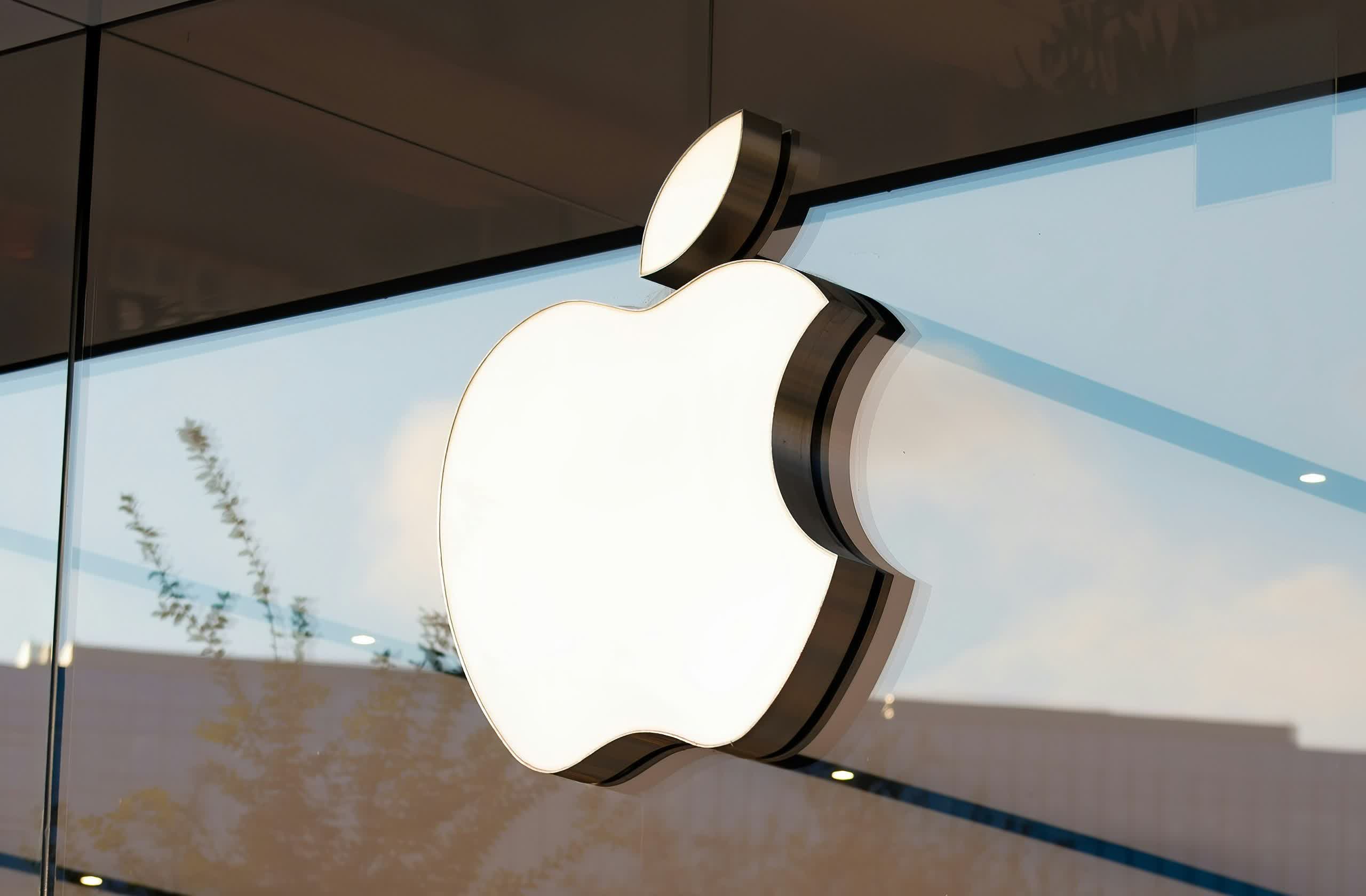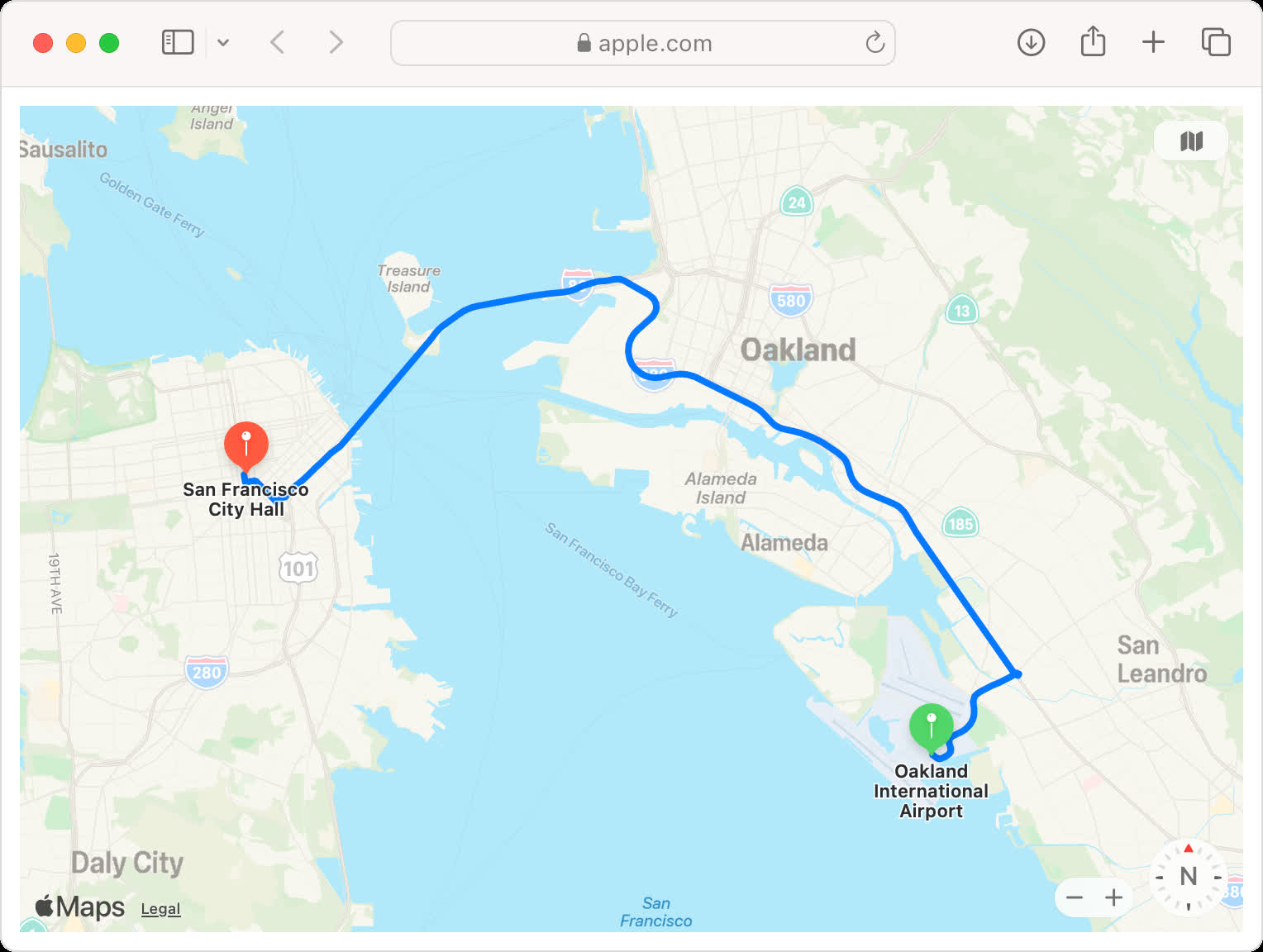What just happened? Apple's answer to Google Maps has only been available on the company's devices – until now. Although the new web version doesn't have as many features as its famous rival, the Cupertino giant has promised upgrades later this year.
A beta version of Apple Maps is now available for web browsers, opening the Google Maps alternative to non-Apple platforms. The preview lacks some of the native app's features, but updates are planned in the coming months.
Windows users can access Apple Maps through Chrome and Edge, while on Macs, it supports Safari and Chrome. The web application is currently only usable in English, but Apple will eventually include more languages, browsers, and platforms.
The starting feature set includes search, location information, driving directions, on-foot directions, history, and guides. As with the app, the guide section contains articles about a curated selection of interesting places from across the globe. Maps are viewable with standard, satellite, and hybrid overlays.
Compared to the mobile and Mac apps, it's missing Apple account integration, 3D view, weather information, driving navigation mode, and transit mode. Apple confirmed that more functionality is coming, including Look Around, the company's take on Google Street View.
Additionally, developers can now create web links to Apple Maps to provide directions and other information on various businesses. The functionality also supports MapKit JS, which lets developers add interactive maps to websites using Apple Maps.

It remains unclear whether the Apple Maps updates planned for iOS 18 will be available on browsers. When the major OS updates for Apple devices arrive later this year, the navigation app will receive support for custom hiking and walking routes. Users will be able to browse, save, create, and share paths through national parks in the US.
The updates will also introduce many other features, the most notable being Apple Intelligence – the company's answer to the growing generative AI trend. It will enable features like automatic image generation, text proofing, and planning across multiple apps, but only on the latest iPhones or iPads with M-series processors.
Cupertino is expected to launch the iPhone 16 alongside iOS 18. Rumored upcoming hardware products for 2025 and 2026 include a new iPad Mini, an iPad Pro introducing the unannounced M5 processor, an iPhone SE 4, and Apple's first folding phone.

